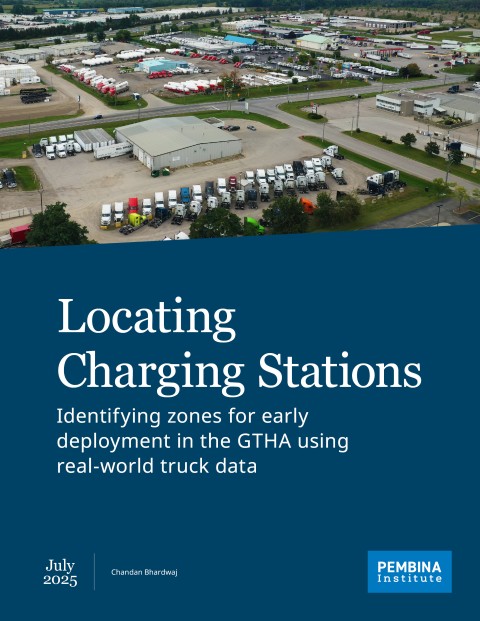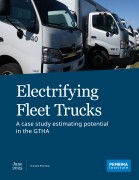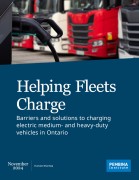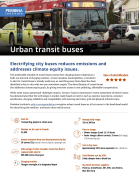Electric trucks are a key part of the solution to decarbonize Canada’s freight sector. They reduce traffic-related air pollution, cut fuel and maintenance costs and offer a pathway to revive Ontario’s declining auto manufacturing industry — if the right infrastructure is in place.
Since 2014, Canada’s vehicle production has dropped more than 50%, while global electric truck sales jumped nearly 80% in 2024. The world is shifting, and Ontario has the chance to catch up and lead, but not without public fast charging for medium- and heavy-duty vehicles. Today, Ontario has just 20 such chargers. To stay competitive and unlock the benefits of electric freight, that number must rise to thousands over the next ten years.
Our report presents a practical framework for where to start. Using truck traffic volumes, stop duration and stop frequency it identifies 17 key zones across the Greater Toronto and Hamilton Area where public fast charging can be deployed first. These zones include:
- Toronto (M9W, M9V, M9L, M3J, M4M)
- Brampton (L6S, L6T, L6W)
- Hamilton (L0R, L8H, N0B, L8E)
- Mississauga (L4T, L5W, L4W)
- Markham (L3T, L6G)
This data-driven, phased approach will help:
- Streamline permitting and approvals
- Improve charging station utilization
- Support grid planning and readiness
- Accelerate EV truck adoption, especially for small fleet operators who lack access to private charging
By planning ahead and prioritizing high-impact locations, Ontario can cut emissions, improve air quality and strengthen its position as a hub for clean energy transportation innovation and manufacturing.




